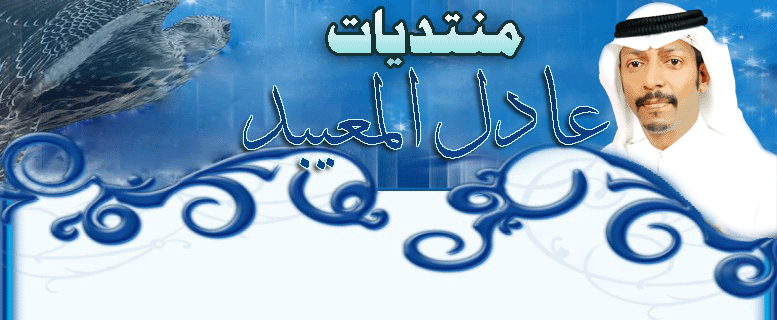Admin
Admin
عدد الرسائل : 644
تاريخ التسجيل : 27/08/2008
 |  موضوع: جميع اصوات الطيور وكل طير صوتة جنبة- 2- موضوع: جميع اصوات الطيور وكل طير صوتة جنبة- 2-  الجمعة 4 سبتمبر - 0:05 الجمعة 4 سبتمبر - 0:05 | |
| |  | Breeds colonially on cliffs or buildings, often in town centres but also in isolated farms. Feeds mostly in open country, often sitting on telegraph wires. The males are relatively easy to separate from Common Kestrels. They have plain rufous backs and blue panels in the upperwing and the lack of a dark moustache gives them a more gentle baby-faced expression. From below, their pale underwing contrasts with a darker, rather peachy-coloured body but beware that even Common Kestrels can look very pale in the strong Mediterranean light. Female and juvenile Lesser Kestrels are much harder to identify. | | charadriiformes > charadriidae | plovers and lapwings • yagmurcunlar | IMAGE
| | Scientific Name | English Name | Turkish Name | | charadrius dubius | little ringed plover | halkali kucuk cilibit |  | Breeds on river shingle areas in rivers, gravel pits, industrial sites and reservoir margins. Little Ringed Plovers look superficially similar to Ringed Plovers but they are smaller and have a distinctively furtive jizz with crouching horizontal stance and longer rear-end. For confirmation, the adults have all-dark bills, duller, yellower legs and a diagnostic yellow eye ring. Juveniles also have a yellow eye ring but the lack of a pale eyebrow is a more obvious feature. In flight the Little Ringed Plover is the only small plover which doesn't have an obvious wing bar. | | columbiformes > columbidae | pigeons • guvercingiller | IMAGE
| | Scientific Name | English Name | Turkish Name | | streptopelia turtur | turtle dove | uveyik |  | Breeds in young woodlands, copses, hedgerows and scrub. Turtle Doves are similar in size and shape to a Collared Dove although they have a shorter tail, more pointed wings and a more darting agile flight. The chequered black and rufous upper parts are diagnostic and easily seen. Look also for their darker underwing, the narrow white border around the tail and the black and white collar patches like the gill slits of a dog-fish. | | cuculiformes > cuculidae | cuckoos and anis • guguklar | IMAGE
| | Scientific Name | English Name | Turkish Name | | clamator glandarius | great spotted cuckoo | tepeli guguk |  | Summer visitor most often seen in open country with scattered trees and bushes but also in any wooded areas which support Magpies -the chief victim of their brood parasitism. Great Spotted Cuckoos of any age are unmistakeable. They are shaped like 'common' Cuckoos but are plain creamy below, boldly spotted with white on the wings and have an obvious crest and contrasting dark face mask. In juveniles, the head is black, not grey, the throat is yellower and there are obvious rufous patches in the primaries. They spend much of their time in dense bushy areas and might be easily overlooked except in spring when they often perch in the open or call noisily.
Widespread in Turkey | IMAGE
| | Scientific Name | English Name | Turkish Name | | cuculus canorus | cockoo | guguk |  | Breeds on moorland, wasteground, reedbeds and woodland edges. Cuckoos are blue-grey birds with white, closely barred underparts. Their short wings and long tail are suggestive of a Sparrowhawk, but the wings are clearly pointed more like a falcon. However, their fluttering flight with quick shallow wing-beats is distinctive, mainly because the wings are always held below the horizontal level. Juveniles are usually a dull dark brown, heavily marked with black and with a pale patch on the nape. | | caprimulgiformes > caprimulgidae | nightjars • cobanaldatanlar | IMAGE
| | Scientific Name | English Name | Turkish Name | | caprimulgus europaeus | nightjar | cobanaldatan |  | Breeds on moorland, heaths, dunes and young conifer plantations. Nightjars are long-winged, long-tailed, mottled brown-and-grey birds rarely seen by day. If you should flush one it can be told from a cuckoo or falcon by the way it invariably keeps its wings held up above the horizontal. In the early evening you may see the white spots near the wing tips and in the corners of the tail of the male. Easily located by their songs at dusk. | | apodiformes > apodidae | swifts • ebabiller | IMAGE
| | Scientific Name | English Name | Turkish Name | | apus melba | alpine swift | ak karinli ebabil |  | (also. turkish (ak karinli sagan)
In bulk, Alpine Swifts are over twice as big as Swifts and so they make an even more impressive spectacle when they whirl in flocks low over their breeding sites. The sight and sound of them screaming low over the streets of Istanbul is particularly memorable. Apart from their greater bulk, Alpine Swifts can be told from other swifts by the striking white patch on the belly and the fact that the rest of the plumage is much browner than on other swifts. Beware that some 'swifts with white bellies' turn out to be partial albino swifts so check that the belly is neatly defined, that the plumage is brown, not sooty, and, if you can, try to see the white throat patch which would be diagnostic of Alpine Swift. |  | IMAGE
| | Scientific Name | English Name | Turkish Name | | apus apus | swift (common) | ebabil |
| |
|
